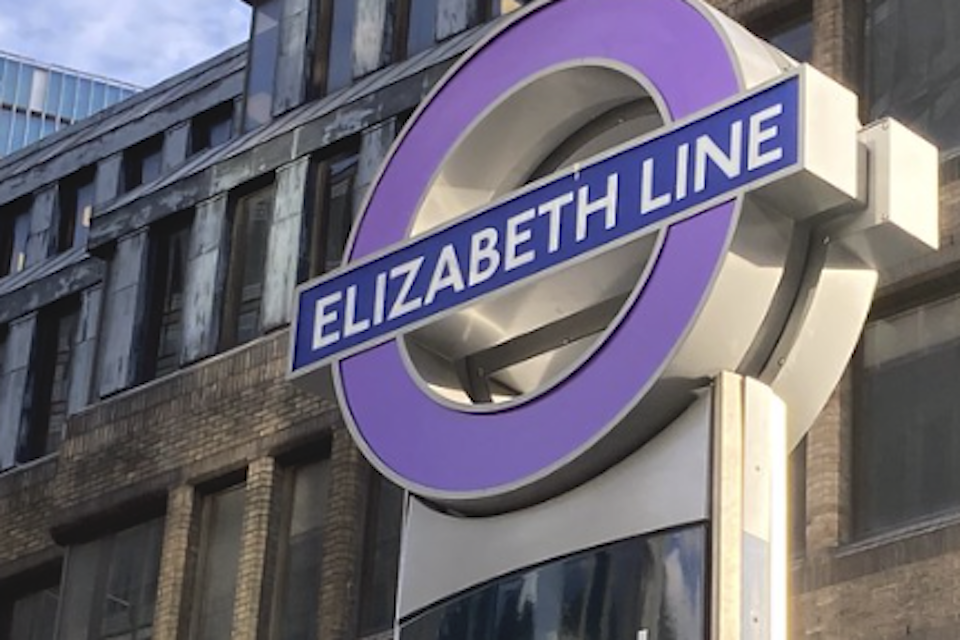London’s underground overground Elizabeth Line opens today

The Elizabeth Line, named after the longest serving monarch in British history, opens today to Queens and commoners alike, just in time for Her Majesty’s Platinum Jubilee. Tunnelling under some of the most expensive real estate in the world, the new railway is set to transform travel and communications in London and the South East, and relieve the chronic congestion on some of the busiest parts of the tube. That promise of transformation brought about by the palatial scale of the Elizabeth Line does however come with a right royal price tag.
Want to read more?
You have read all of your free premium articles for this month. Please become a subscriber to keep reading.
Subscribe now!
Take advantage of our exclusive offer to get full access to all premium content.




